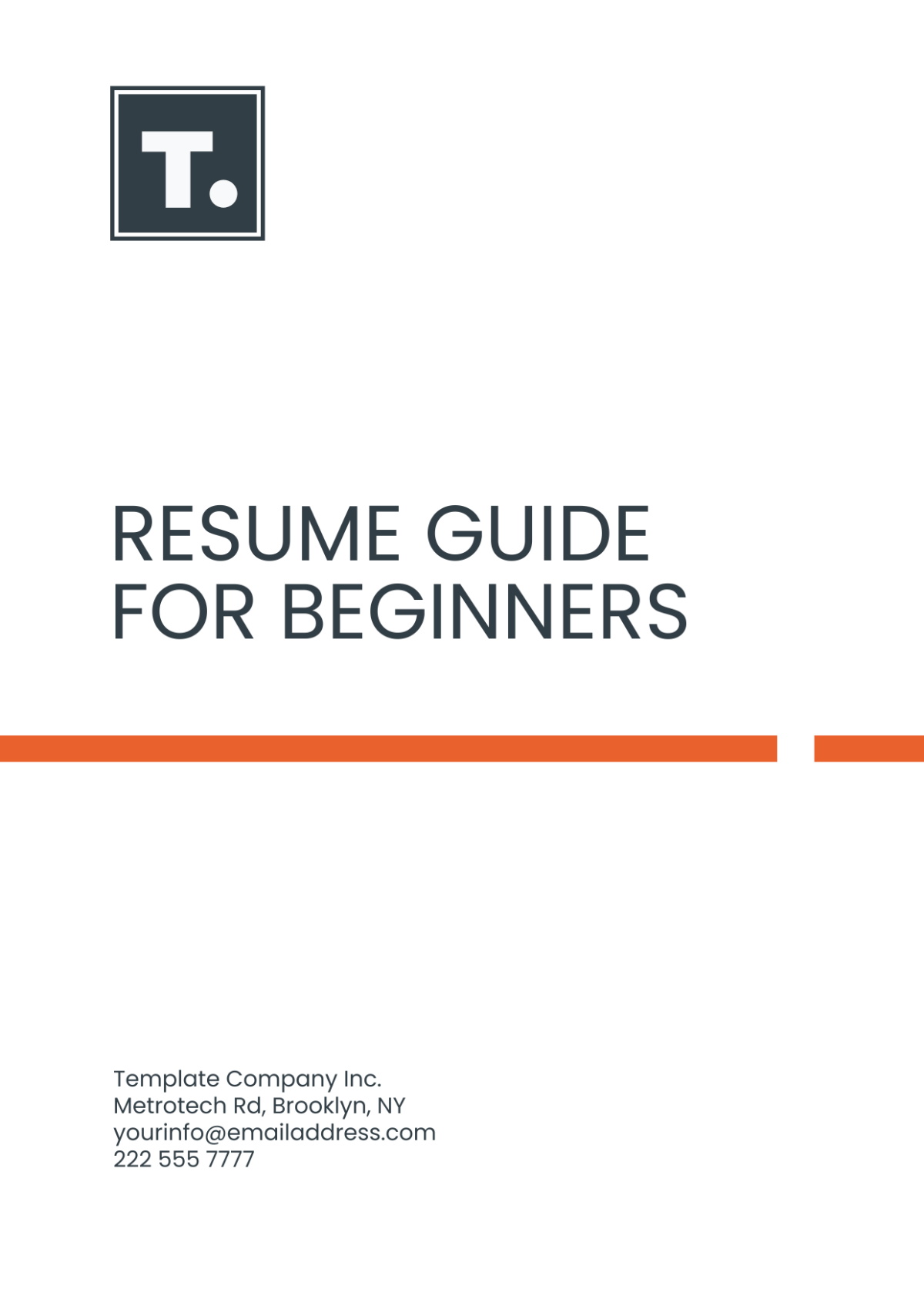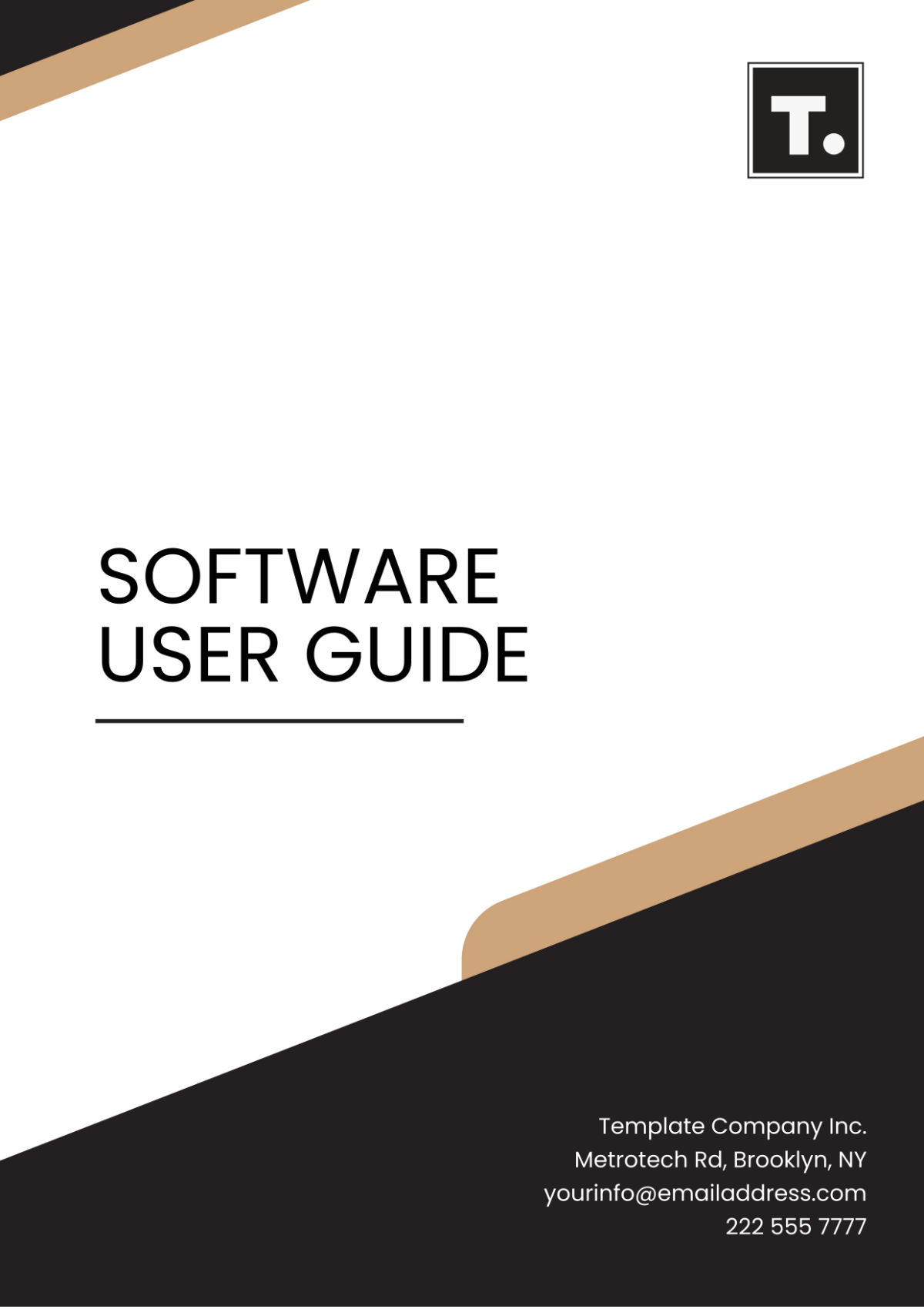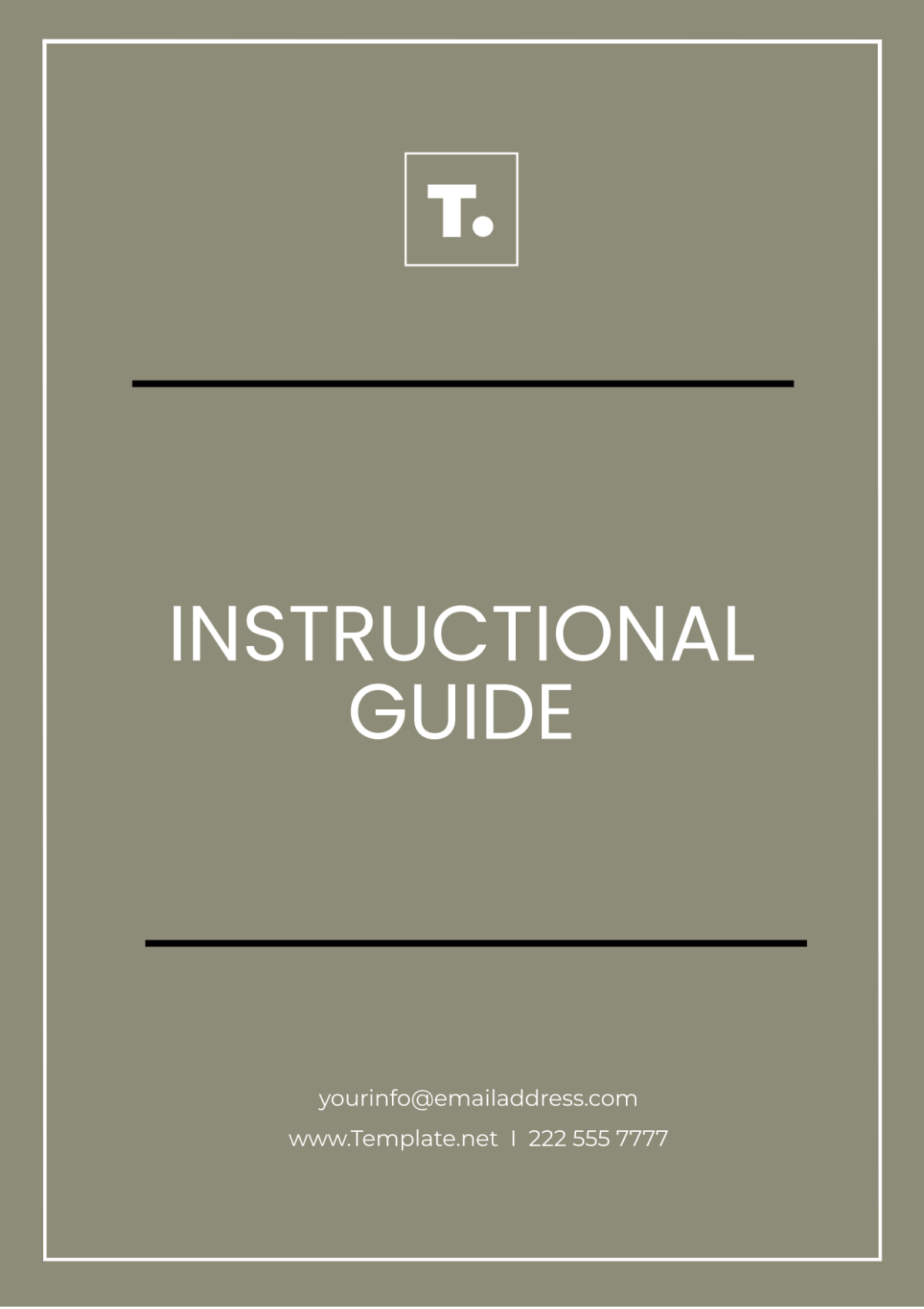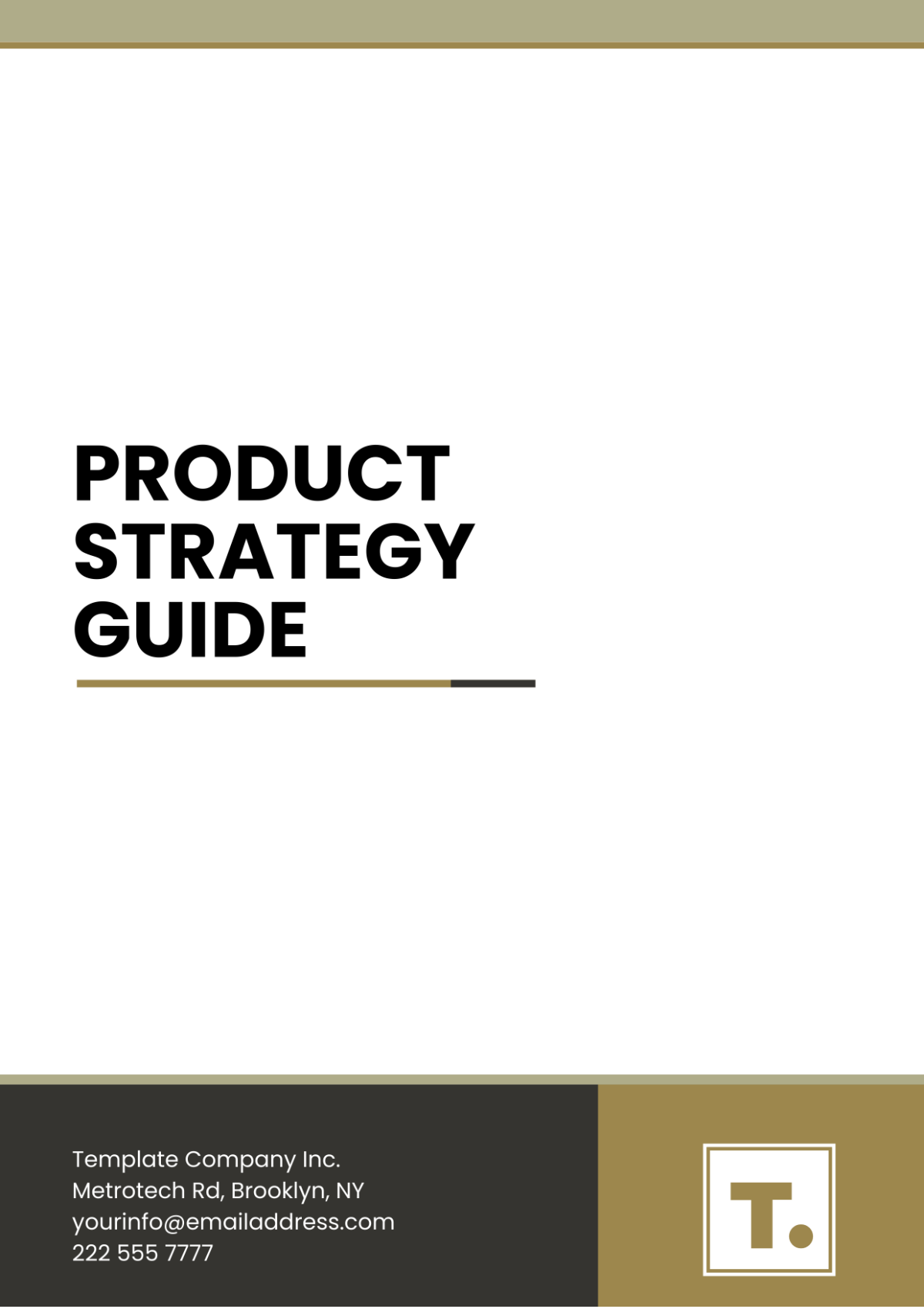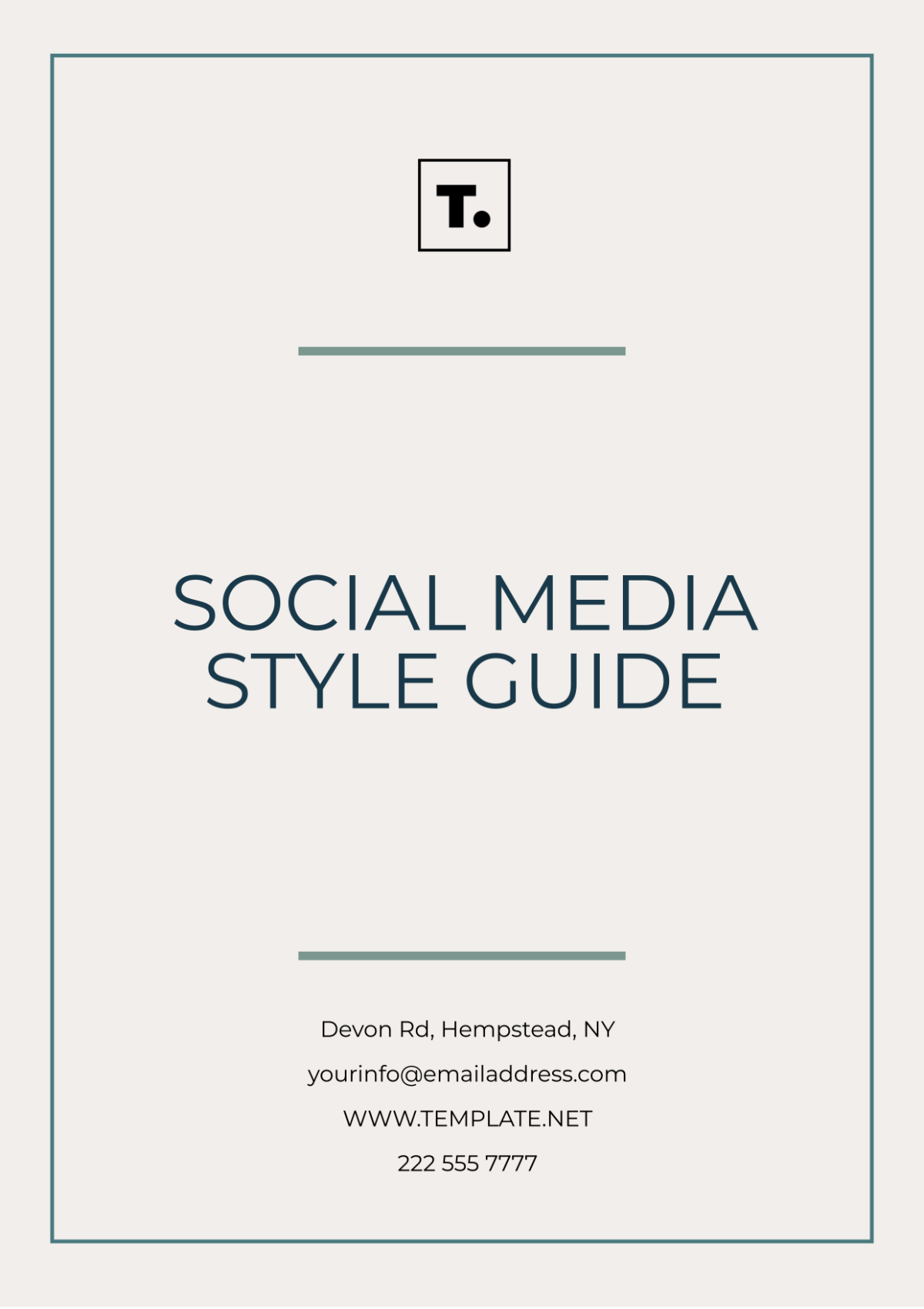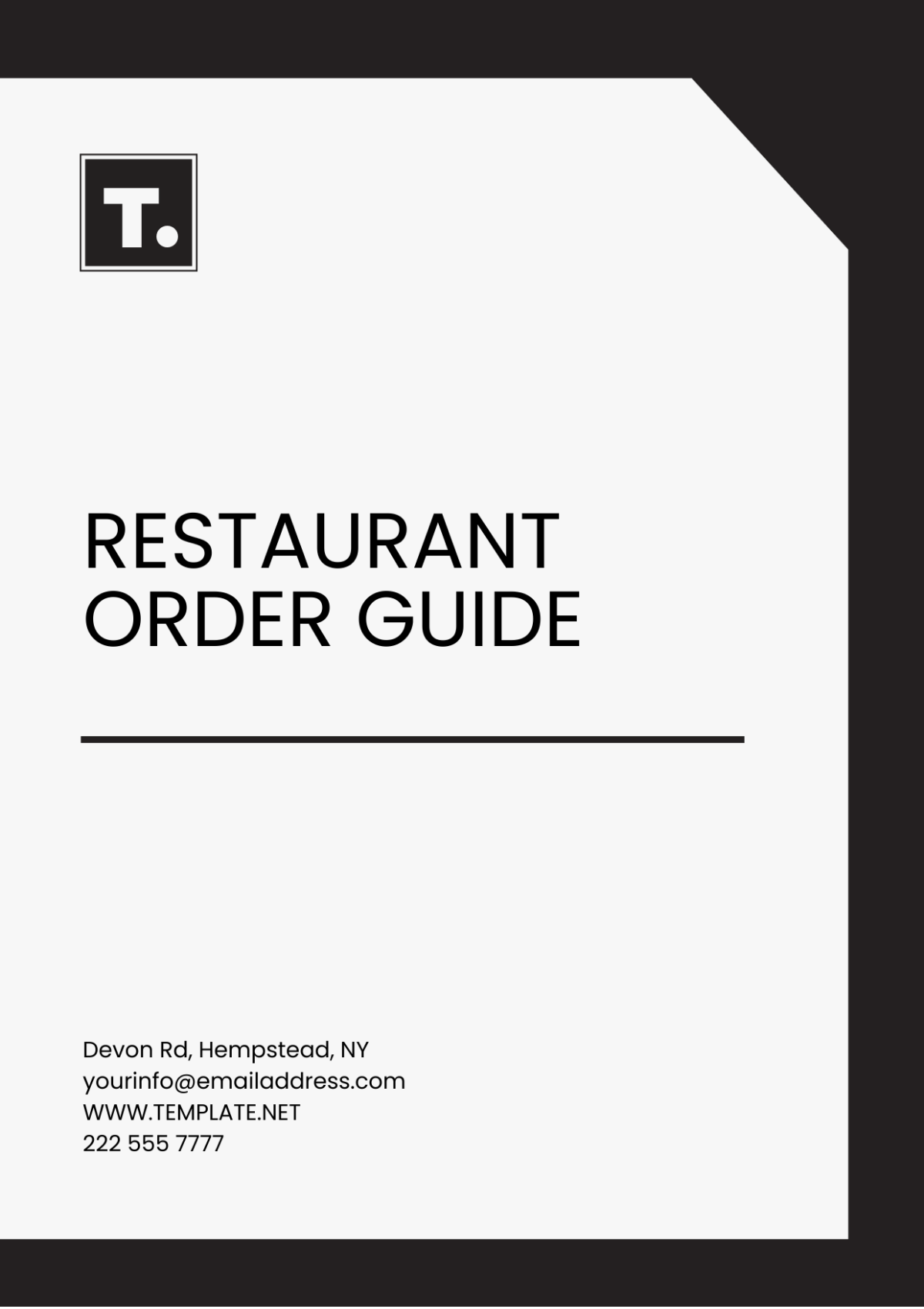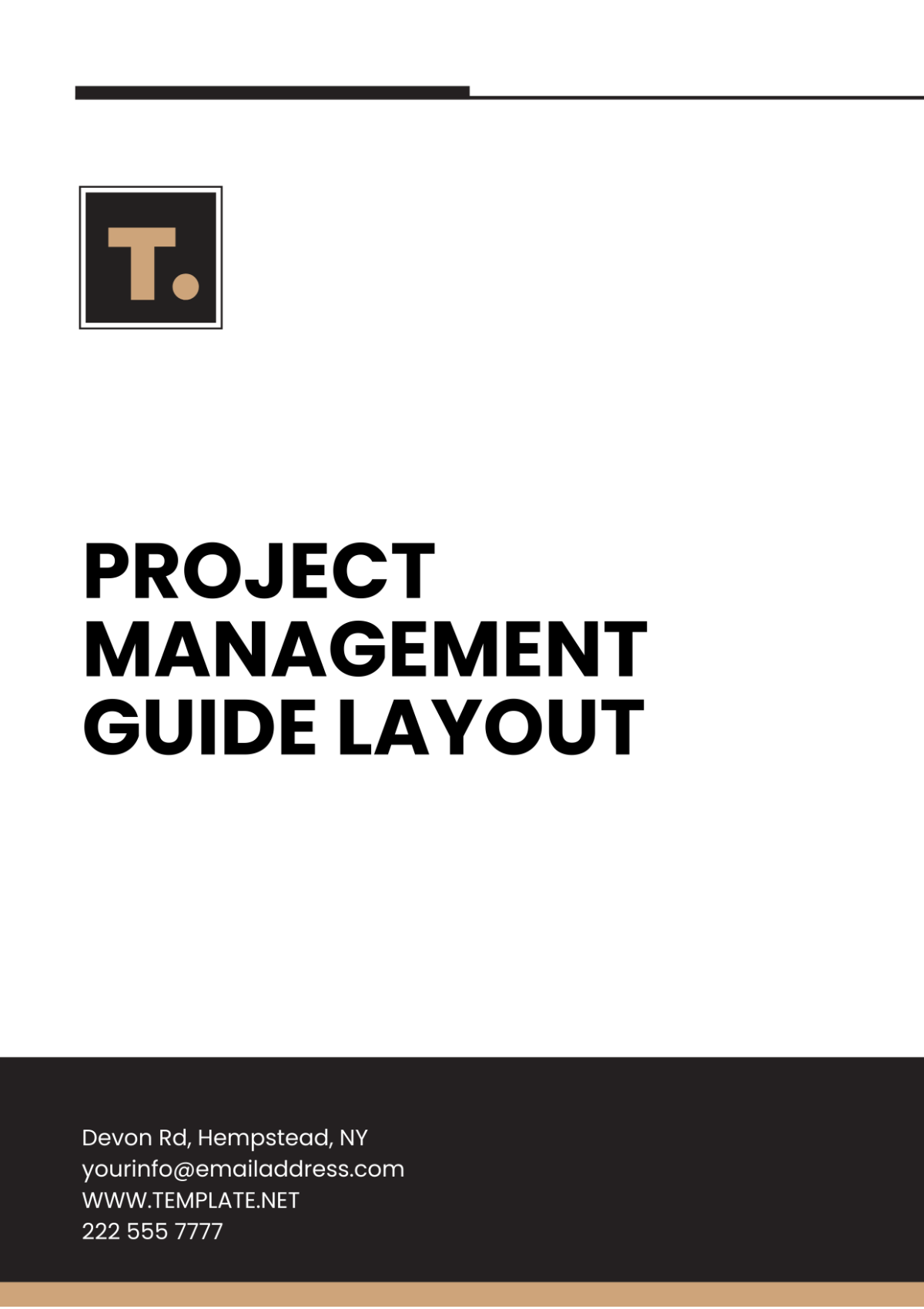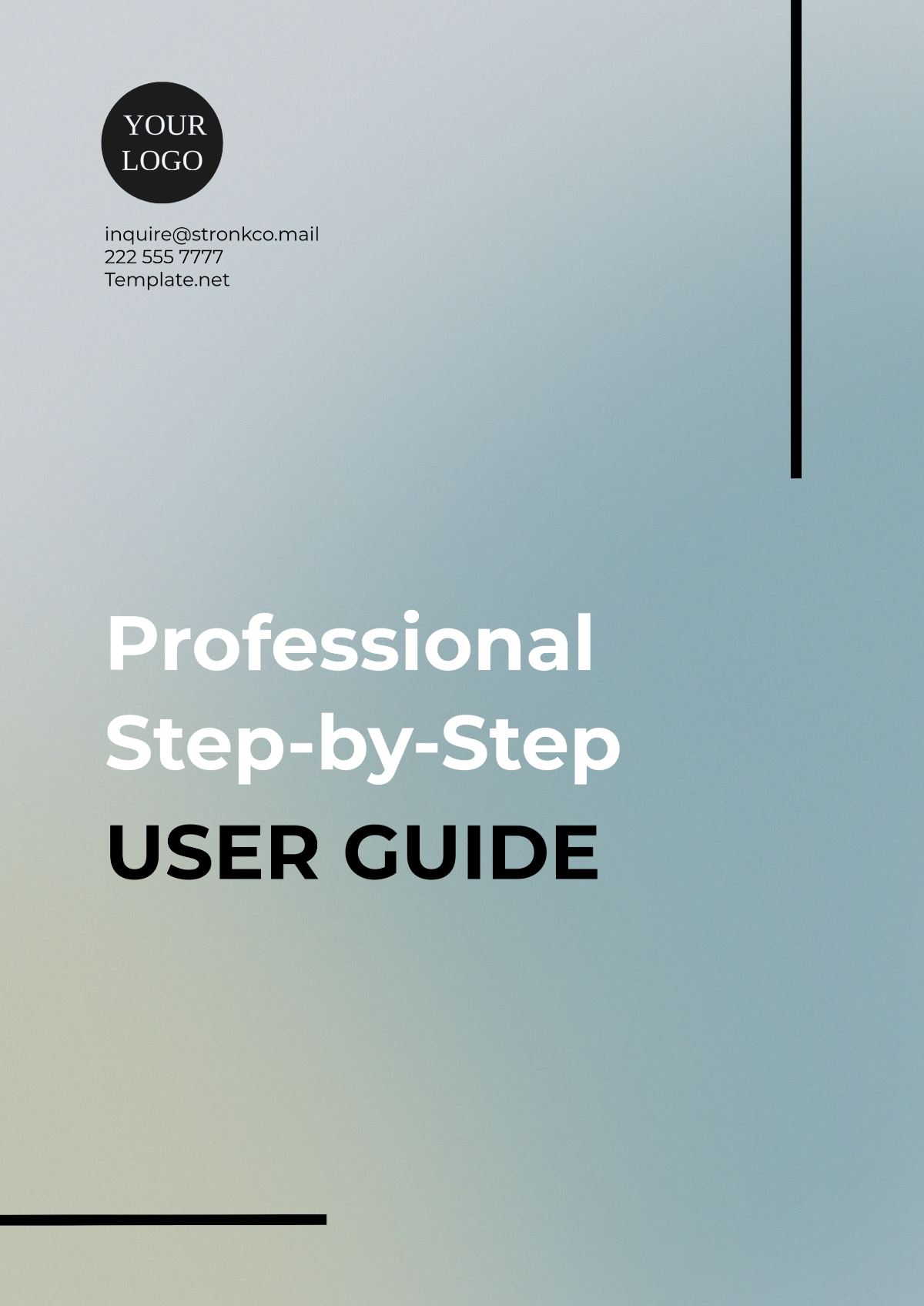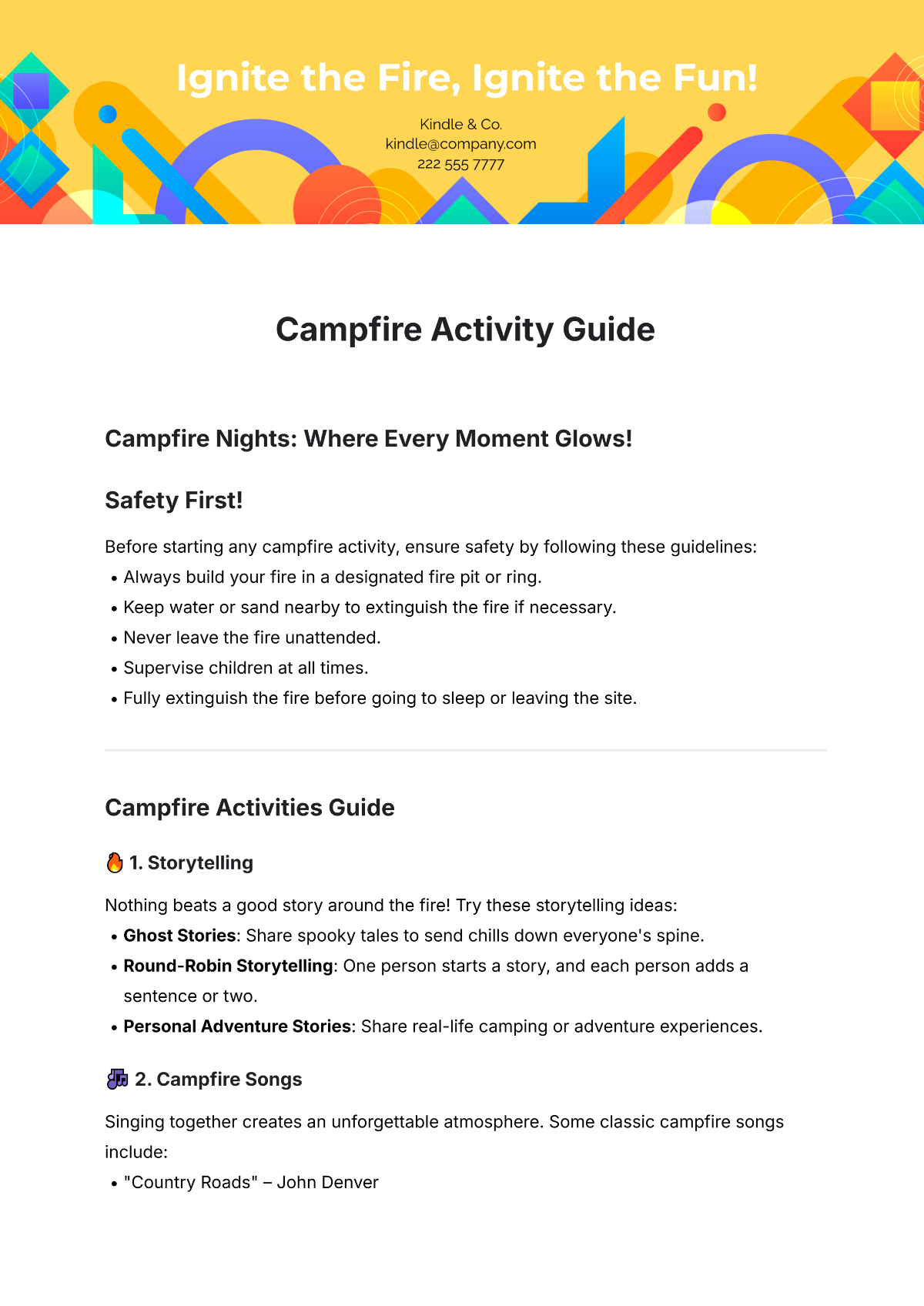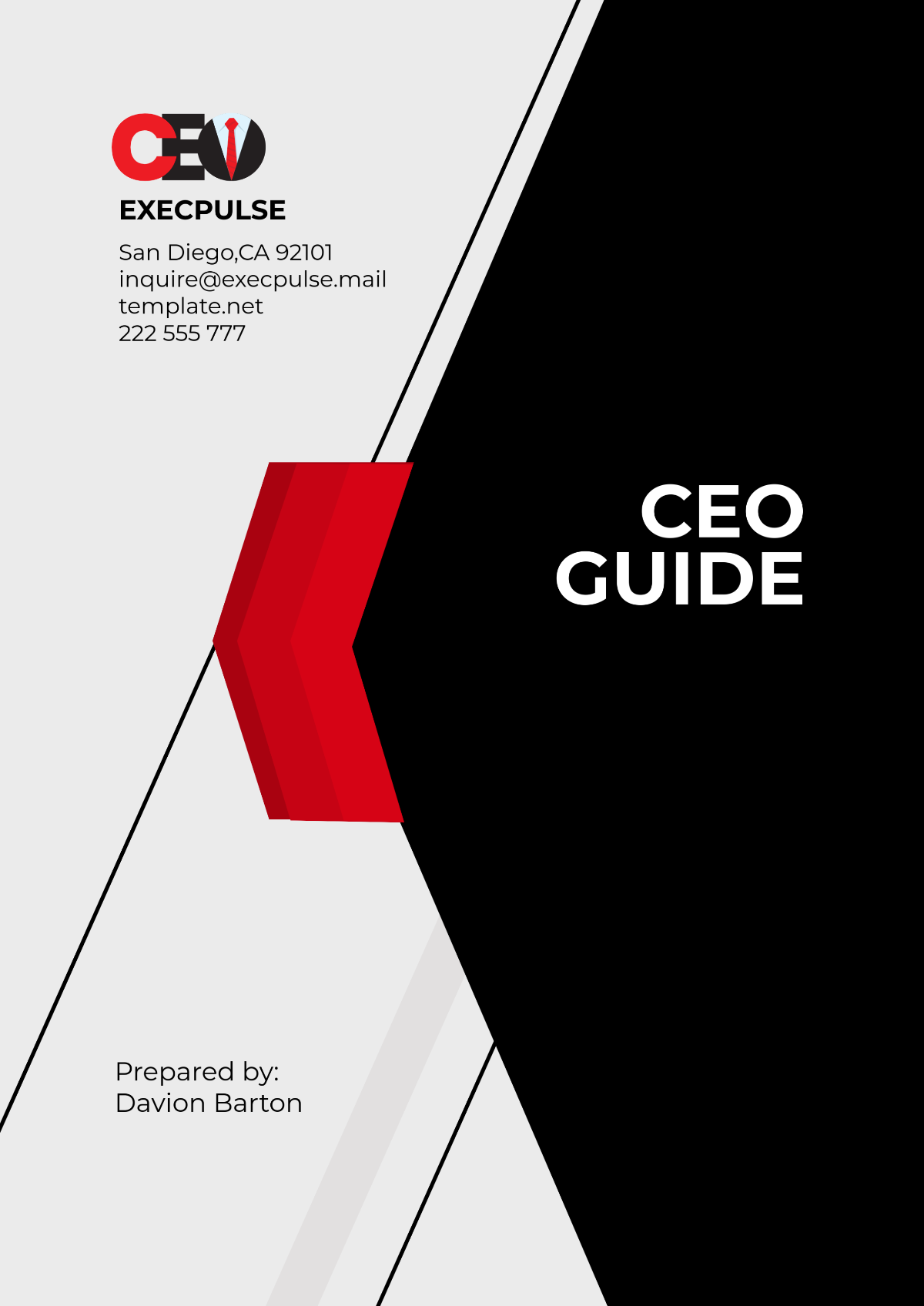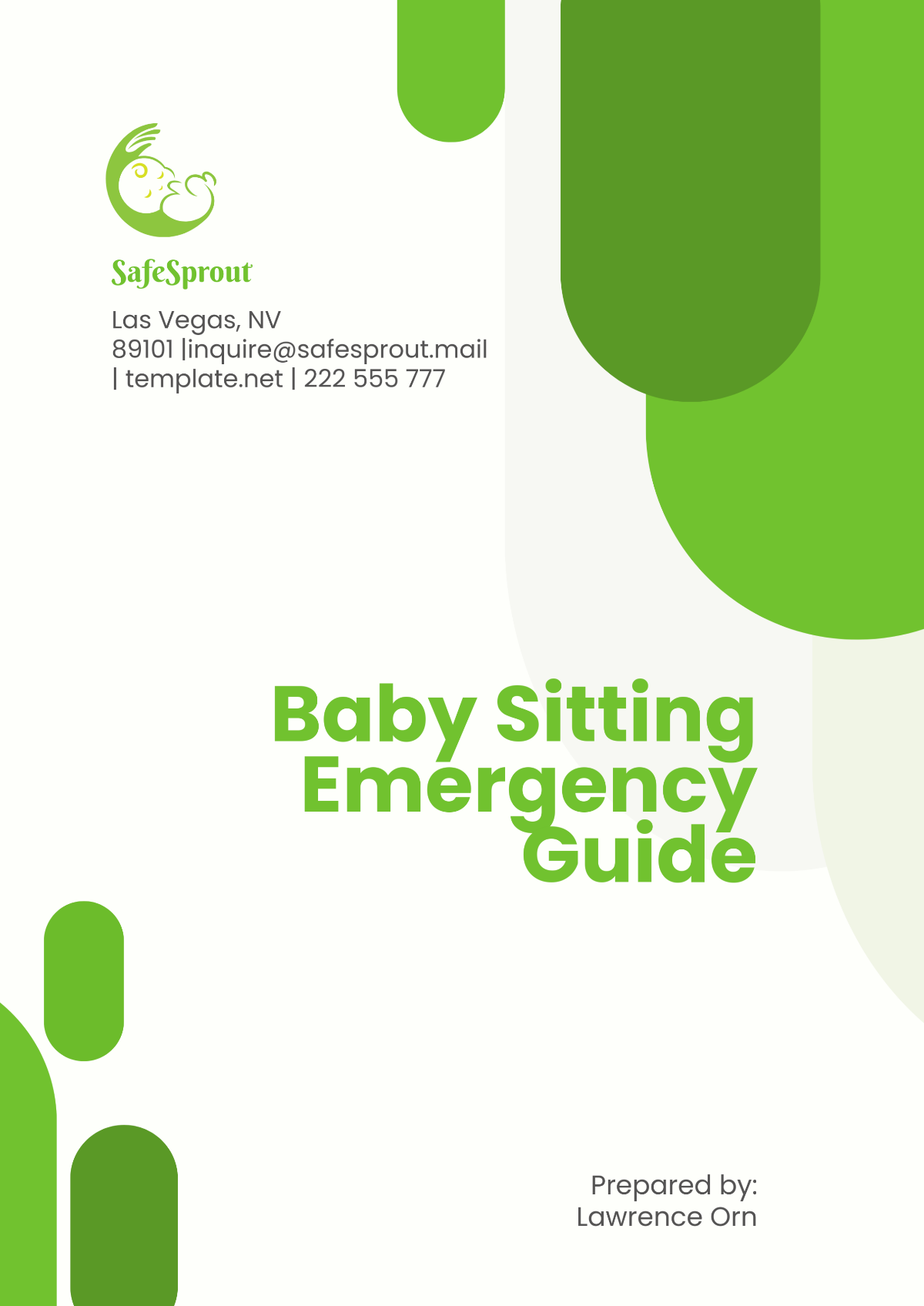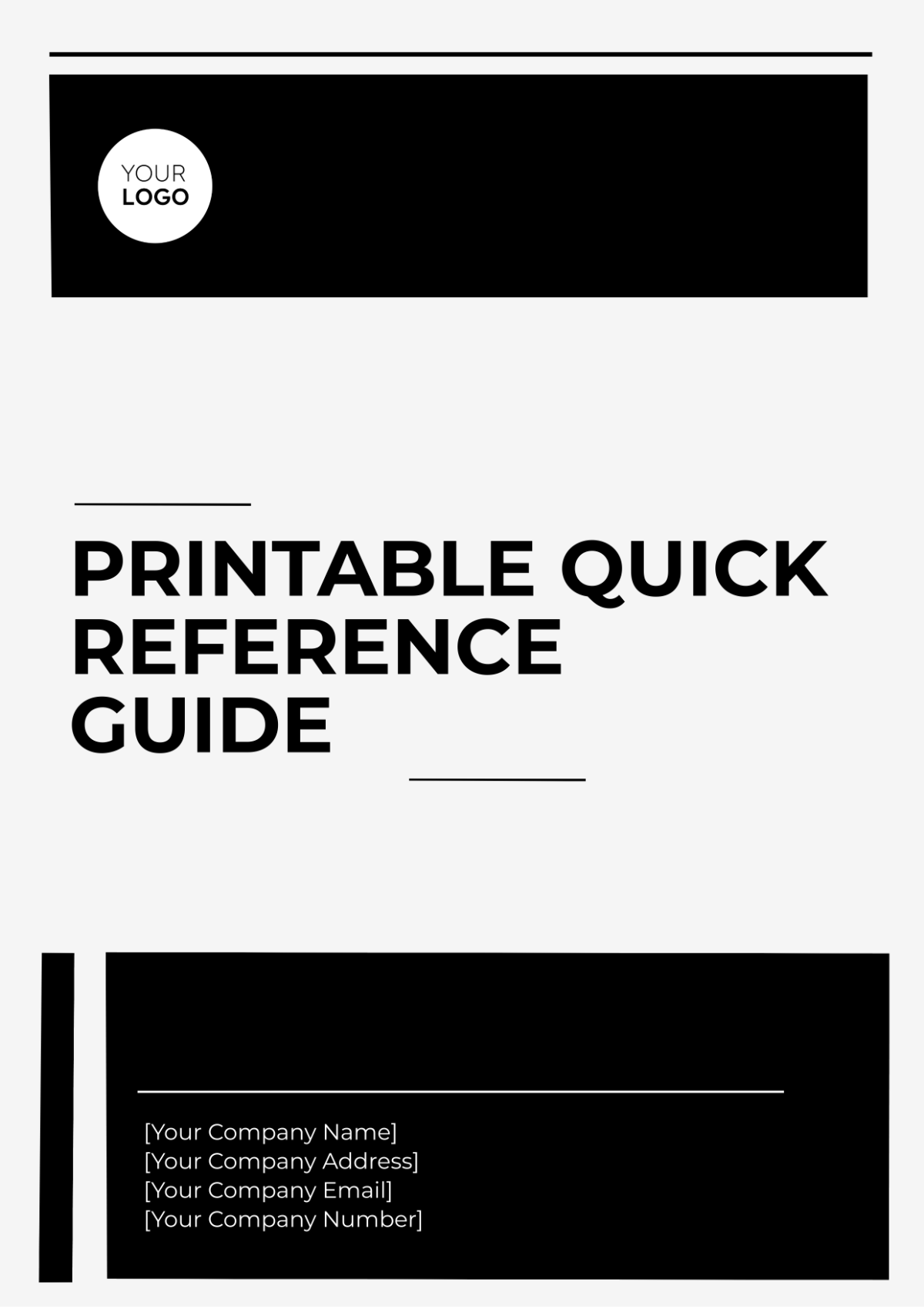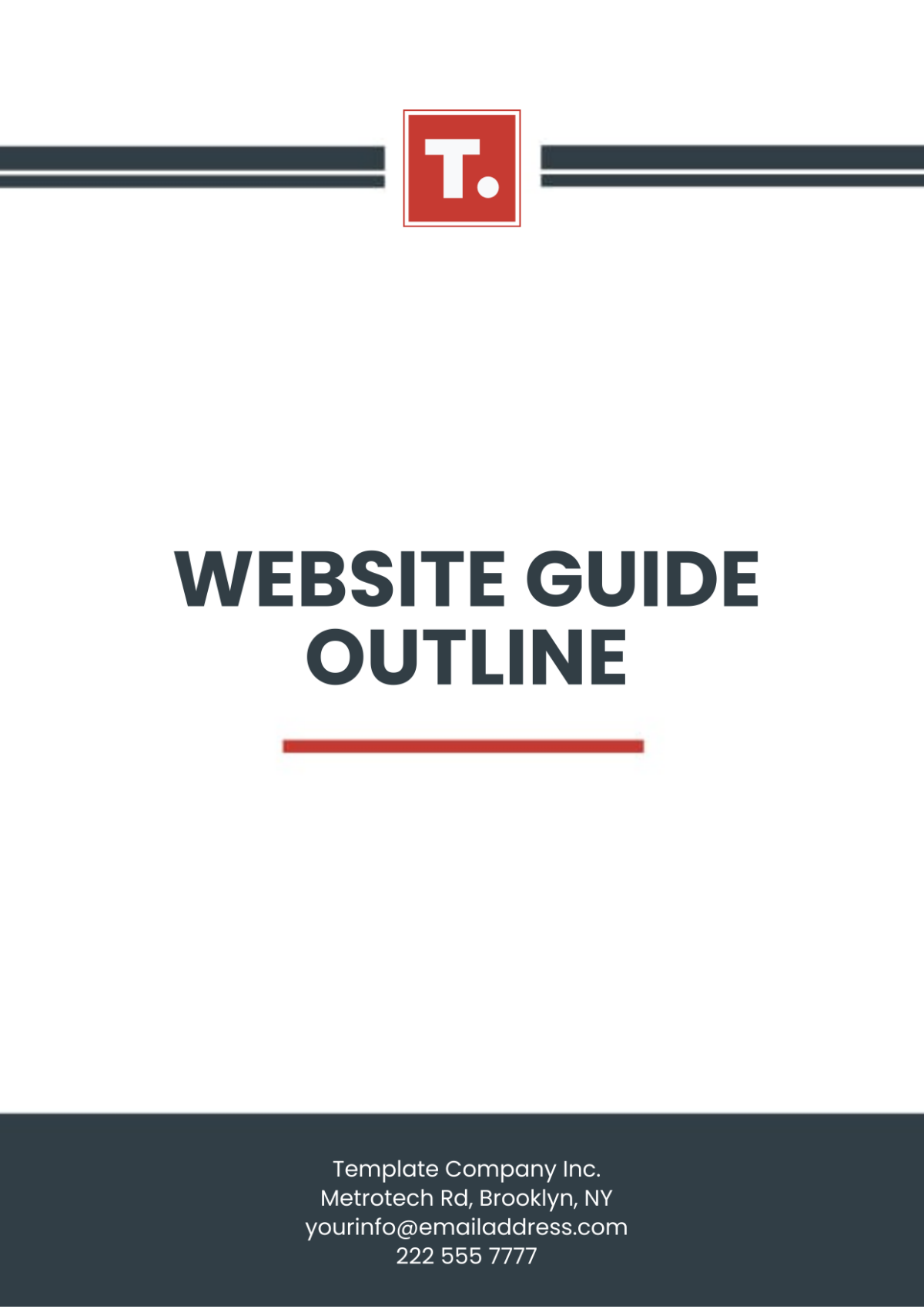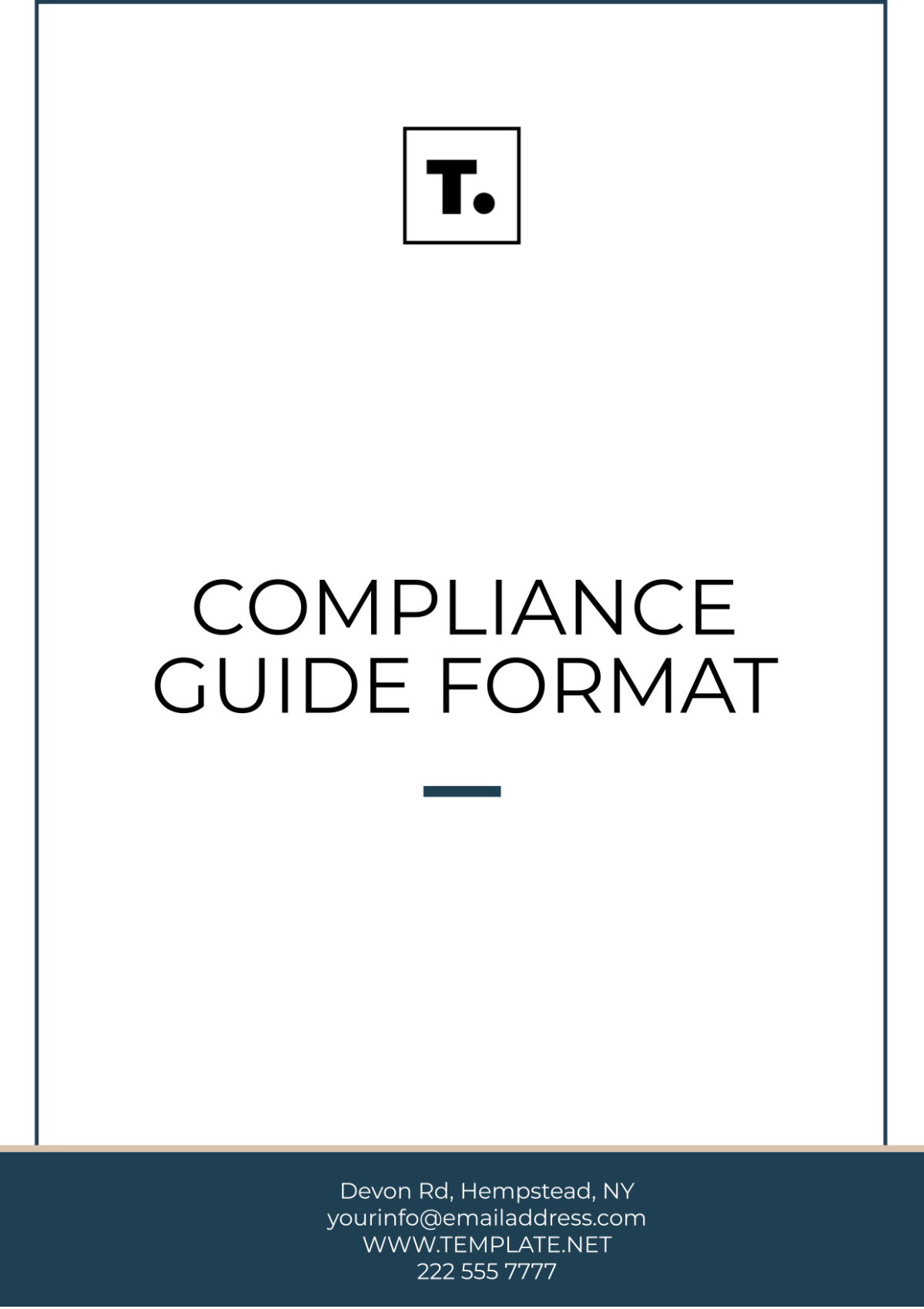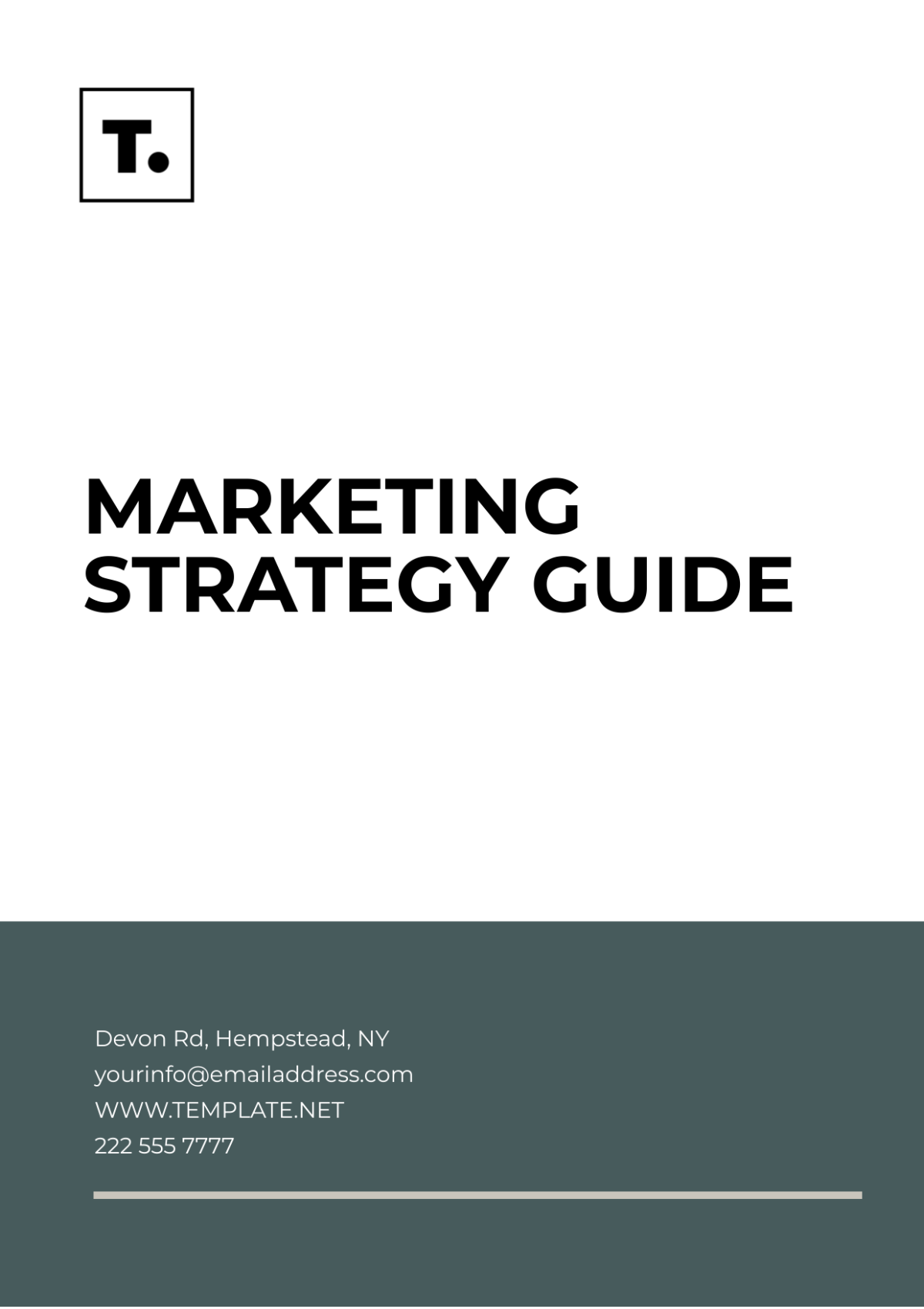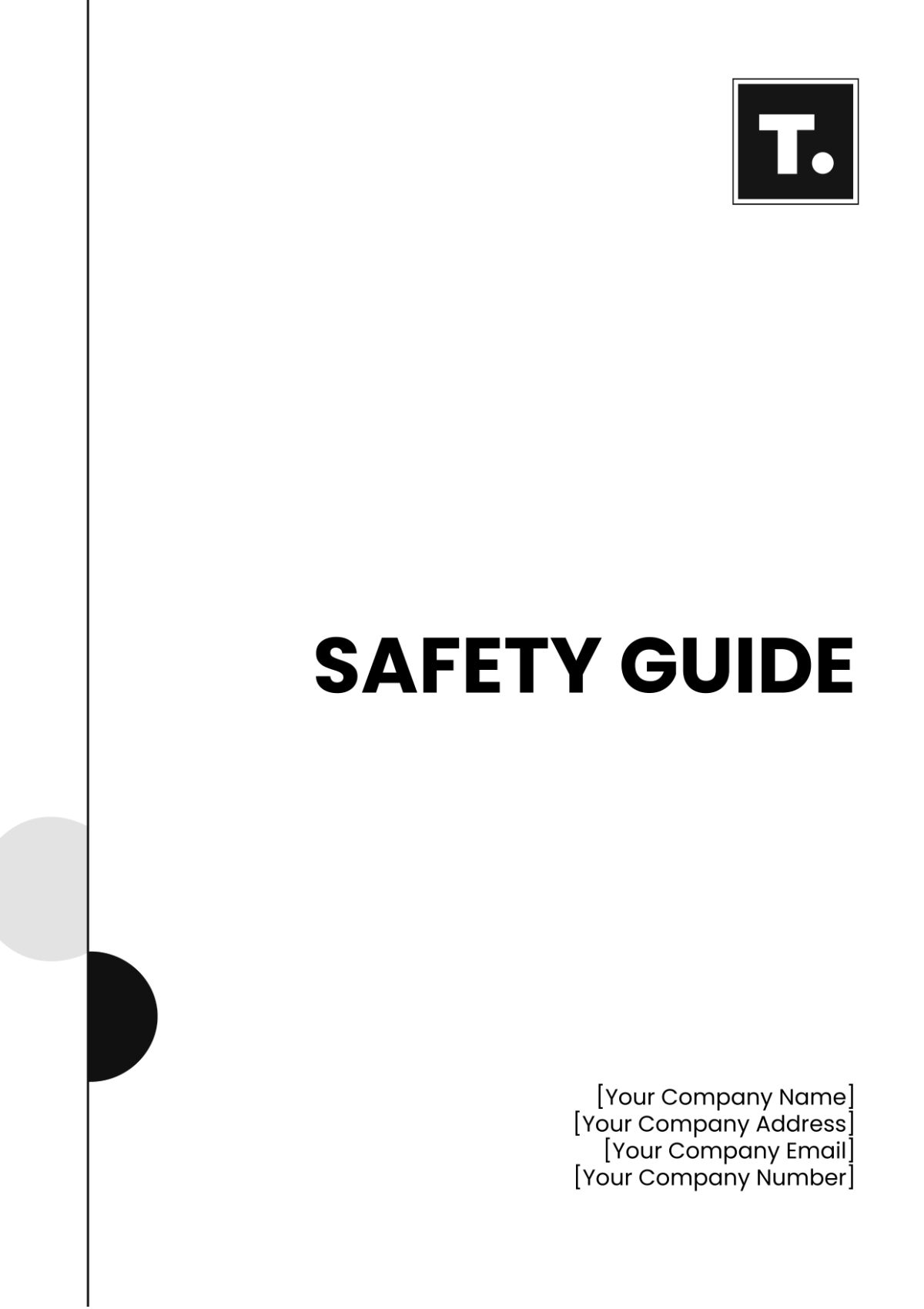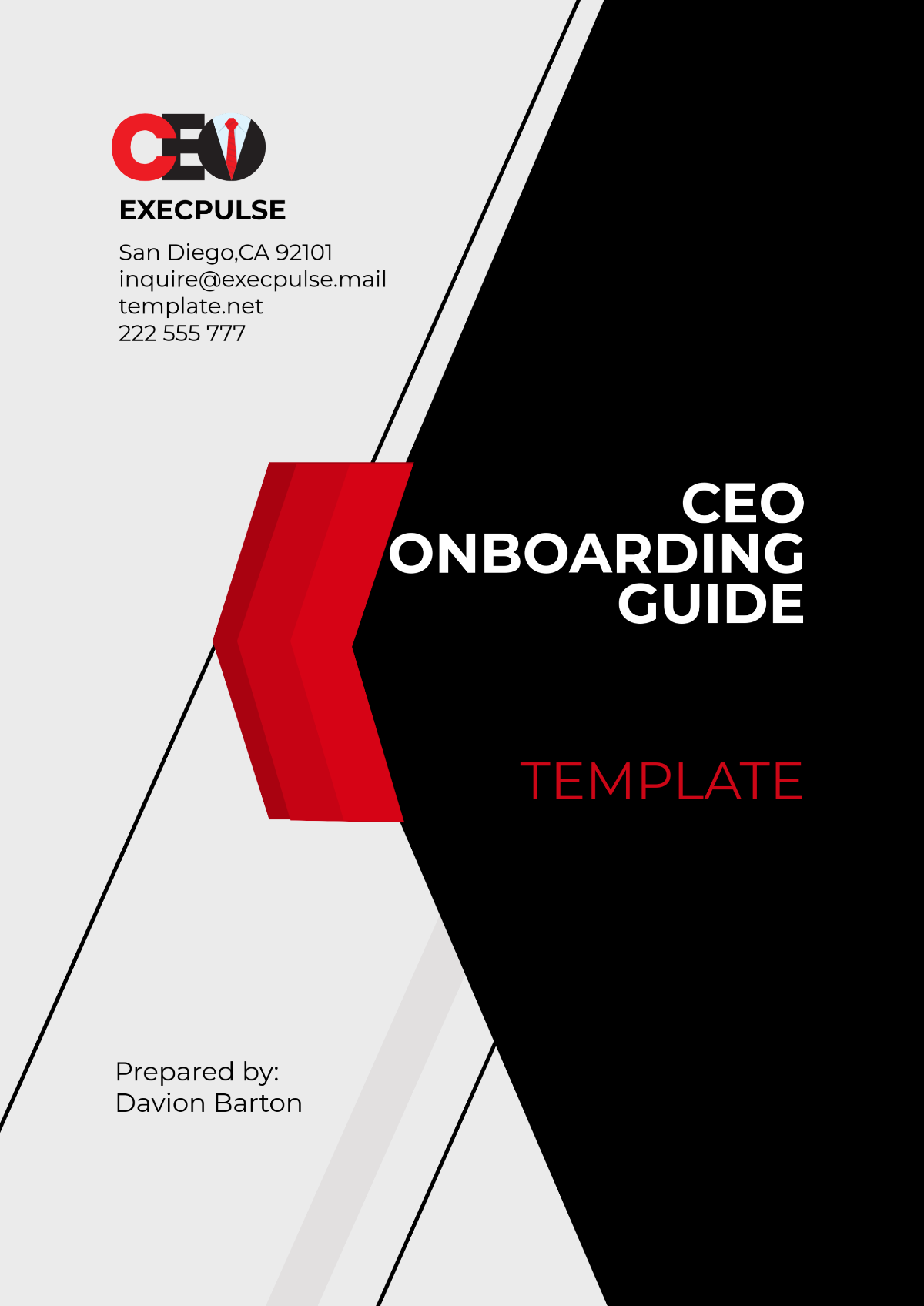B2B Marketing Strategy Guide
Executive Summary
In this comprehensive guide, we will explore a strategic blueprint that is uniquely tailored to our organization's distinct goals and objectives. By journey's end, you will possess a well-defined roadmap designed to skillfully navigate the path to effectively reach and engage our target audience. This guide is your compass on the voyage to marketing success.
1. Understanding Your Target Audience
Creating a successful B2B marketing strategy hinges on a profound understanding of our target audience. It is not merely about identifying our potential clients, but truly comprehending their nuanced intricacies. Below, we delve into the elements to consider while building a comprehensive picture of our ideal customers:
Demographics:
Begin by scrutinizing the demographic attributes of our audience. This includes factors such as age, gender, location, and income. Such information can be pivotal in tailoring our marketing approach to resonate with specific groups within our B2B audience.
Industry:
Gain insights into the industries our customers operate in. Recognize the unique challenges and opportunities within these sectors, which can influence their decision-making processes. Tailoring our marketing strategies to suit industry-specific demands will enhance our chances of success.
Job Roles:
Understanding the roles and positions held by our audience is crucial. This knowledge can aid in crafting content and messaging that speaks directly to the pain points and responsibilities of decision-makers, influencers, and end-users within the buying process.
Pain Points:
Identify the pain points, challenges, and obstacles our target audience faces within their roles and industries. Knowing these pain points enables us to position our products or services as solutions that alleviate these issues, making our marketing more persuasive.
Buying Behavior:
Scrutinize the buying behavior of our audience. Understand their purchasing preferences, decision-making processes, and factors that influence their choices. This insight can guide the creation of content and marketing messages that align with the customer's journey.
2. Setting Clear Marketing Goals
In the realm of B2B marketing, establishing clear and well-defined goals is the bedrock of a successful strategy. This section will provide you with a more detailed insight into setting these goals, following the SMART framework, and aligning them with the overarching business strategy.
Specific Goals
Specificity is the cornerstone of an effective marketing goal. The more precise your goal, the better your focus and clarity. Ask yourself:
What exactly do you want to achieve?
For instance, do you aim to increase website traffic, generate leads, or boost product sales?
Who is the target audience for this goal?
Identifying your audience refines your objectives.
Measurable Goals
The ability to measure progress is crucial for tracking success and making data-driven decisions. Here's how to ensure your goals are measurable:
Quantify the goal – Assign numerical values, such as "increase website traffic by 20%."
Determine how to track progress – Identify the tools and metrics you'll use, like Google Analytics for web traffic.
Achievable Goals
An achievable goal is one that, while ambitious, is within reach. You can assess this by:
Evaluating resources – Ensure you have the necessary budget, personnel, and tools to pursue the goal.
Setting realistic timelines – Allow a reasonable timeframe for achieving your objectives.
Relevant Goals
Relevance ensures that your marketing goals align with your organization's mission and strategy:
Check alignment – Verify that your goal supports the overall business strategy.
Relevance to the audience – Confirm that the goal addresses the pain points and needs of your target audience.
Time-bound Goals
Time-bound goals create a sense of urgency and accountability:
Set a deadline – Specify when you intend to achieve the goal, such as within six months.
Divide into milestones – Break your goal down into smaller, manageable components, each with its deadline.
3. Crafting a Compelling Value Proposition
In a cluttered marketplace, it's paramount to create a value proposition that not only communicates the worth of our products or services but also captivates our target audience while setting us apart from competitors. Here's how you can master this critical aspect of your B2B marketing strategy:
Uncover Unique Selling Points (USPs): Start by identifying the distinctive features or benefits that make our offerings unique. This could be innovative technology, exceptional customer service, cost-effectiveness, or any other attributes that set us apart in our industry.
Understand Your Audience: Dive deep into the needs, challenges, and desires of your target audience. Know their pain points and aspirations, and ensure your value proposition directly addresses these. Use surveys, customer feedback, and market research to gain insights.
Create a Clear and Concise Message: Craft a message that succinctly conveys the primary value our products or services provide. Avoid jargon or complexity; keep it simple and compelling.
Highlight Benefits, Not Just Features: While features are important, focus on the benefits that these features bring to your customers. Explain how our solutions make their lives easier, more efficient, or more profitable.
Use Emotional Appeal: Tap into the emotional side of your audience. How will they feel when they use our products or services? Will it reduce stress, boost confidence, or create excitement? Make sure our value proposition speaks to these emotions.
Showcase Proof of Value: Back up your claims with evidence. Share success stories, testimonials, case studies, or statistics that demonstrate the impact our solutions have had on other businesses.
Consistency Across All Touchpoints: Ensure that the value proposition is consistently integrated into all marketing materials and communications. From your website to social media, email campaigns to sales pitches, every interaction should echo this value.
Regularly Evaluate and Adapt: The marketplace evolves, and so should your value proposition. Regularly review and refine it to stay relevant and appealing to your audience. Seek feedback from customers and adjust as needed.
4. Content Marketing: Nurturing Thought Leadership
In the realm of B2B marketing, content reigns supreme. The cornerstone of your strategy, content marketing, serves as the linchpin in your mission to engage, educate, and inspire our target audience. The following is an elaborate overview of our content marketing approach:
Diverse Content Ecosystem: To captivate our audience and fuel their curiosity, we're building a content marketing plan that offers a diverse spectrum of content formats. This includes not only the conventional blog posts but also in-depth whitepapers, compelling case studies, engaging videos, and insightful webinars. These formats cater to different learning preferences and ensure we reach our audience at multiple touchpoints in their buyer's journey.
Educational Empowerment: Our content isn't just content; it's a vehicle for empowerment. We craft content that is inherently educational, offering solutions to the pain points and challenges our audience faces. Every piece should leave our audience with practical insights, actionable strategies, and a sense of personal growth.
Positioning as Industry Authority: Our content strategy goes beyond merely providing answers; it's about establishing our organization as a trusted authority in our industry. Each piece of content should not only solve problems but also showcase our deep knowledge, experience, and unique perspective. This will reinforce our position as a go-to resource, bolstering our reputation in the marketplace.
Targeted Personalization: Not all content is created equal. We tailor our content to the specific needs of different segments of our audience. By understanding the nuances of their challenges, we can personalize our content to resonate on a profound level, nurturing stronger connections and increasing the likelihood of conversion.
Consistency and Quality: Maintaining a consistent publishing schedule ensures that we remain top-of-mind for our audience. However, consistency should not come at the expense of quality. Each piece of content is meticulously crafted, rigorously reviewed, and polished to perfection to uphold our reputation and keep our audience coming back for more.
Interactive Engagement: Beyond passive consumption, we encourage engagement. Interactive content such as quizzes, surveys, and polls are integrated strategically to foster two-way communication and gather valuable insights into the needs and preferences of our audience.
Data-Driven Evolution: We don't stop at creation; we are committed to continuous improvement. Analyzing content performance through relevant metrics and audience feedback, we use data-driven insights to fine-tune our content strategy, ensuring it stays aligned with our evolving business goals.
5. Digital Marketing
In the ever-evolving digital landscape, the power of digital marketing cannot be underestimated. We need to harness the full potential of digital channels to reach and engage our B2B audience effectively. Here's how:
Search Engine Optimization (SEO)
Invest in robust SEO strategies to ensure our website ranks high in search engine results. This not only enhances our visibility but also establishes credibility within our industry. On-page and off-page SEO, keyword research, and content optimization are key components of a successful SEO approach.
Search Engine Marketing (SEM)
Leverage SEM, specifically pay-per-click (PPC) advertising, to target specific keywords and drive immediate traffic. Crafting compelling ad copy, strategic bidding, and continuous monitoring of ad performance are essential for a successful SEM strategy.
Website Optimization
Our website is the digital face of our business. Ensure it not only looks professional but also functions seamlessly. A user-friendly interface, quick loading times, and mobile responsiveness are vital. Optimize landing pages to maximize conversions and provide a seamless user experience.
6. Account-Based Marketing (ABM): Tailoring Excellence
Implementing an Account-Based Marketing (ABM) approach is akin to wielding a precision tool. It allows us to surgically target high-value accounts, creating a personalized and strategic engagement that yields exceptional results.
Key Strategies:
Identify High-Value Accounts: Begin by identifying those accounts with the most significant potential impact on your business. Factors such as revenue potential, strategic fit, and long-term value should guide your selection process.
Personalization is Paramount: ABM thrives on personalization. Customize marketing campaigns and messages to cater to the unique needs and pain points of each account. This tailored approach significantly enhances the chances of capturing their attention and resonating with their specific challenges.
Multi-Touch Engagement: Implement multi-touch campaigns that encompass various communication channels – email, social media, targeted content, and direct outreach. The goal is to surround your target accounts with a consistent and compelling message.
Content that Resonates: Create content that speaks directly to the challenges and aspirations of your selected accounts. This content should provide solutions to their pain points and demonstrate how your products or services can drive value for them.
Benefits:
Deepening Client Relationships: ABM is a powerful relationship-building tool. It demonstrates your commitment to understanding your clients' unique needs and aligning your solutions with their objectives.
Increased Conversion Rates: The tailored nature of ABM leads to higher conversion rates and shorter sales cycles. Your messaging is not generic; it's crafted to resonate with your specific accounts.
Boosted Brand Loyalty: By demonstrating a deep understanding of your clients, you can bolster their loyalty to your brand. This can lead to longer-term, more profitable relationships.
Measuring Success:
Account-Specific KPIs: Rather than relying solely on traditional marketing metrics, establish account-specific KPIs. These might include the number of meetings held, the depth of engagement with your content, or the number of personalized interactions.
Client Feedback: Actively seek feedback from your target accounts. Are they finding your approach valuable, or do they have suggestions for improvement? Client feedback is invaluable in refining your ABM strategy.
7. Social Media Strategy
Develop a social media strategy to engage with our audience. Choose the right platforms, create engaging content, and foster meaningful conversations. Social media can be a powerful tool for brand awareness and lead generation.
8. Marketing Metrics and Analytics
To steer your B2B marketing strategy to success, a robust system of metrics and analytics is paramount. Regularly measuring and dissecting the performance of your marketing efforts provides invaluable insights. Here's how to optimize this critical aspect:
Key Performance Indicators (KPIs)
Identify and monitor a carefully selected set of Key Performance Indicators (KPIs) that align with your marketing objectives. These KPIs should be:
Website Traffic: Monitor the volume of visitors to your website. Keep a close eye on new visitors versus returning visitors and assess the sources of traffic (organic search, referrals, direct, etc.).
Conversion Rates: Analyze the conversion rates at various stages of your sales funnel. This includes leads to customers, sign-ups, and downloads. Identify bottlenecks and areas for improvement.
Lead Generation: Track lead acquisition and conversion metrics. Measure the number of leads generated, their quality, and the time it takes to convert them into paying customers.
Customer Acquisition Cost (CAC): Determine the cost associated with acquiring a new customer. This includes advertising spend, marketing team salaries, and associated expenses.
Data-Driven Insights
A mere collection of data is insufficient. Utilize your metrics to gather actionable insights. Here's how:
Identify Trends: Look for patterns and trends in your data. Are there specific times when website traffic spikes? Do certain marketing campaigns consistently outperform others?
Segmentation: Segment your audience data to understand different behaviors and preferences. This can help personalize your marketing efforts for better engagement.
A/B Testing: Experiment with different marketing strategies and content. Use A/B testing to understand what resonates best with your audience and adapt your approach accordingly.
Attribution Modeling: Understand the customer journey and assign value to various touchpoints. This helps in allocating resources effectively and improving ROI.
Competitive Analysis: Compare your performance against industry benchmarks and competitors. Identify opportunities to outperform the competition.
9. Budget and Resource Allocation
Allocate your budget effectively, prioritizing activities that align with your marketing goals. Ensure you have the right team and resources in place to execute your strategy. Regularly review and adjust your budget based on performance.
Conclusion
This B2B Marketing Strategy Guide provides a structured approach to drive growth and success in our organization. By understanding your audience, setting clear goals, and employing various marketing channels, you can make informed decisions that align with the company's vision. Stay adaptable and use data-driven insights to continuously improve your marketing strategy. Good luck in your journey to success!






